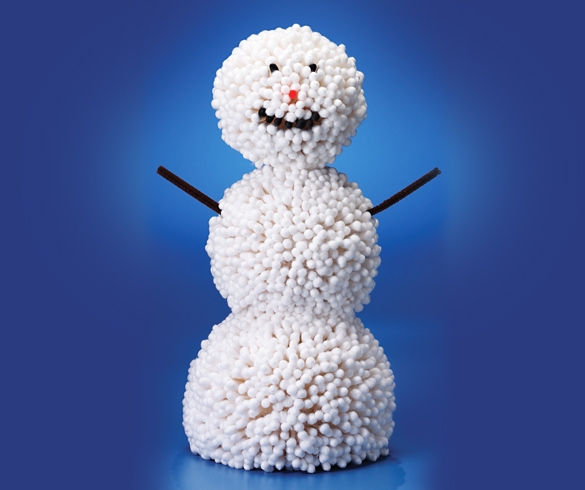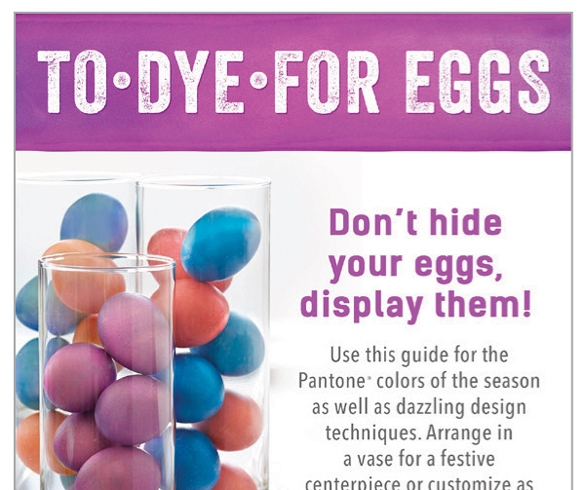
Were taking a closer look at food claims, what they mean, and if we can trust them.
In the final post of our four-part series we’re taking a closer look at food claims, what they mean, and if we can trust them.
If you missed parts one, two, or three of our series, be sure to check them out. We cover everything from sustainable to kosher to Non-GMO Product Verified.
Trans-fat free
According to Health Canada, in order for a product to be advertised as free of trans fats, it must contain a
maximum of 0.2 grams of trans fatty acids per serving. Further, the product must also be low in saturated fat, meaning it can contain no more than 2 grams of saturated fat. Trans fats in the diet increase our risk of heart disease, so choose foods low or free of trans fats as often as possible.
Whole wheat
Choosing bread shouldn’t be so confusing, but unfortunately, a lot of times it is. Although whole wheat bread products are a better choice than their white counterparts, whole wheat flour often has much of its germ removed during processing, reducing its nutrient density. Instead choose products labelled as whole grain, which are required to contain the whole kernel, upping the fibre and total nutritional content.
Wheat free
Many people assume that wheat free and gluten free are interchangeable, but it’s just not the case. While those with a wheat sensitivity or allergy can safely eat gluten-free products without consequence, the inverse is not true. According to Health Canada, a product labelled gluten-free cannot contain “wheat, including spelt and kamut, or oats, barley, rye or triticale or any part thereof.”
Unfortunately, there are no regulations regarding the use of wheat-free, so look for gluten-free products, or become familiar with the different words for wheat found on ingredient lists: atta, bulgur, couscous, durum, einkorn, emmer, enriched/white/whole wheat flour, farina, gluten, graham flour, high gluten/protein flour, kamut, seitan, semolina, spelt (dinkel, farro), triticale, Triticum aestivum, wheat bran/flour/germ/starch.
Wild
With all the controversy surrounding farmed fish, prawns, and shrimp it’s understandable that we’d automatically think wild seafood is better. In the case of many fish, such as salmon, this is true. However, there is room in a healthy, sustainable diet for farmed seafood. Shellfish such as scallops, mussels, clams, and oysters can be sustainably farmed, as can some fish such as Arctic char, catfish, rainbow trout, and tilapia.
To cut the confusion, when ordering seafood at a restaurant or purchasing it from your local grocer, look for the Ocean Wise symbol. This seal was created by the Vancouver Aquarium to indicate to consumers which choices are abundant, resilient to fishing pressures, well managed, harvested with minimal bycatch, and harvested with minimal damage to aquatic habitats and other species.







